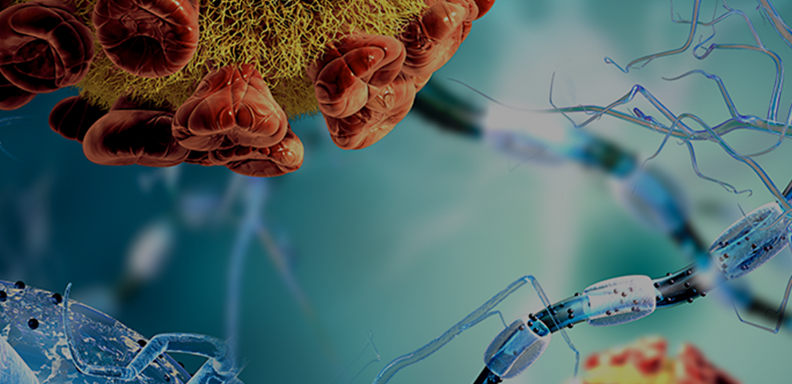Picture driving to work on a rainy day when suddenly you end up in a minor fender-bender. A quick repair and you’re back on the road, commuting daily as normal. One day, a light drizzle begins. You turn onto that familiar road and find yourself with sweaty palms and a racing heart. Ideally, this feeling fades after a few days of driving without incident. However, long-term, unwavering fear in response to a rainy drive would be detrimental to your mental health and lifestyle.
While contextual fear — fear tied to a specific situation or environment — is a crucial survival mechanism, suppressing fear is just as critical. Failure to do so underlies conditions such as generalized anxiety and post-traumatic stress disorder (PTSD). Regions of the brain responsible for encoding, retrieving, and suppressing fearful events are well studied, yet the specific circuits mediating this have remained elusive up until now. In a new study, University of Chicago neurobiology researchers have characterized the action of a fundamental pathway in contextual fear memory suppression.
“The brain is really good at making fearful memories,” said senior author Mark Sheffield, PhD, Assistant Professor of Neurobiology at UChicago. “When someone has an inability to suppress a contextual fear memory, they can't learn that their environment is safe. They're trapped— they are fearful when they shouldn't be. That's a big problem.”
Members of the Sheffield lab study mechanisms of memory using mouse models. In their new study, published October 24, 2023, in Nature Communications, they monitored live brain activity to demonstrate that a neural circuit bridging regions of the brain suppresses fear by disrupting the process by which fear memories are retrieved. This pathway also reduces inappropriate fear responses to non-dangerous situations and speeds up the rate of “extinction learning,” or the process by which fear fades away.
“I was not even aware that that circuit existed”, said Sheffield. “There was some literature showing that it’s anatomically there. People have imaged the brain and said, ‘Okay, there’s this connection there.’ But it hadn’t been studied.”
The neural path to fear suppression
While contextual fear memory is known to rely on the hippocampus, the role of other brain components in suppressing fear memory retrieval is more obscure. One candidate is the nucleus reuniens (NR), a subregion of the thalamus and a major communication hub with roles in emotional regulation and memory. The NR has input to the hippocampus via a subregion called CA1. The new study’s first author and Sheffield lab member Heather Ratigan, PhD, hypothesized that signals sent across this NR-CA1 connection suppress fear responses and encourage extinction learning.



